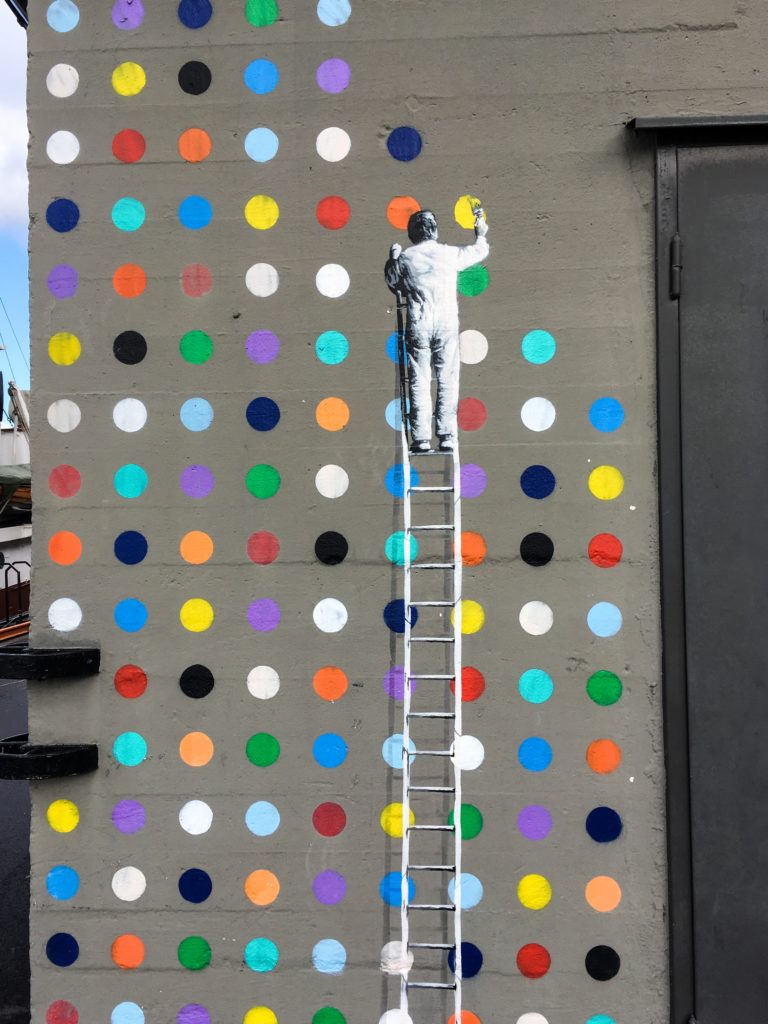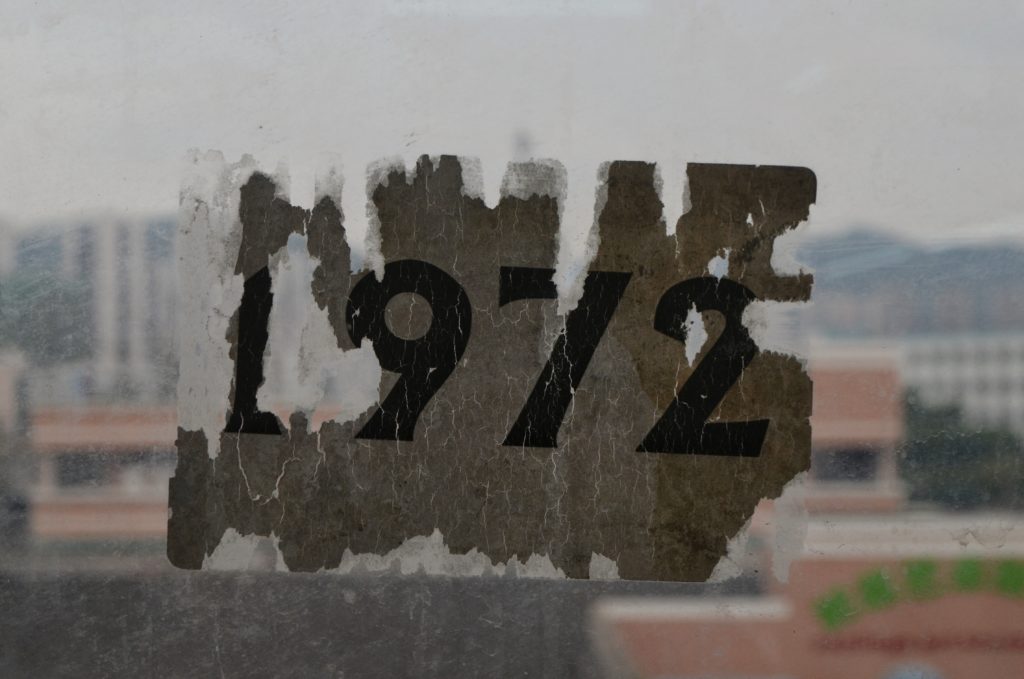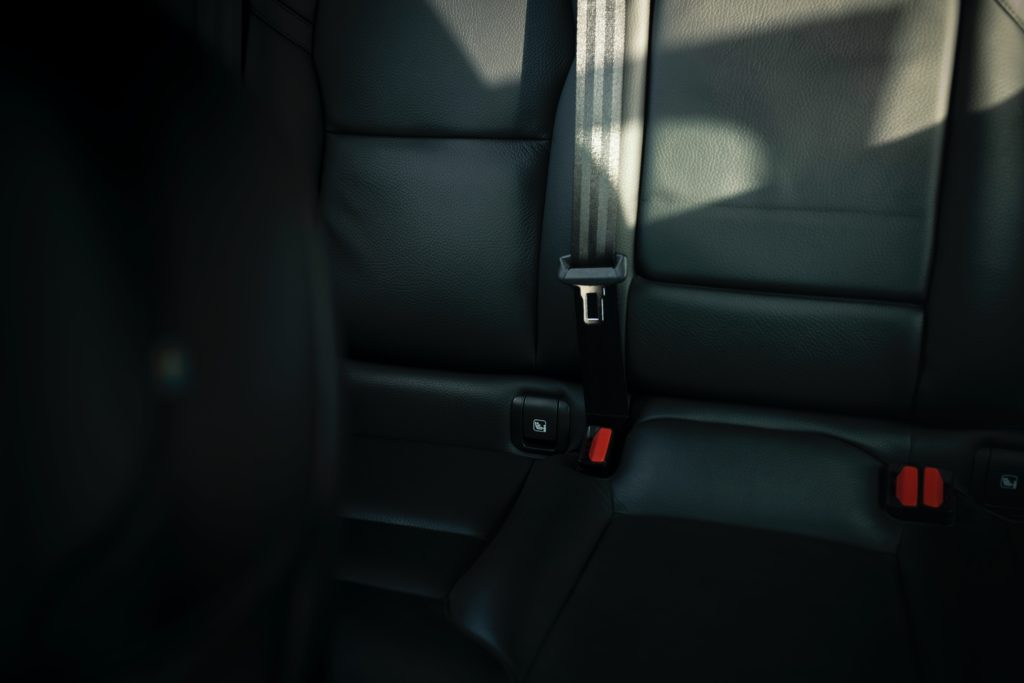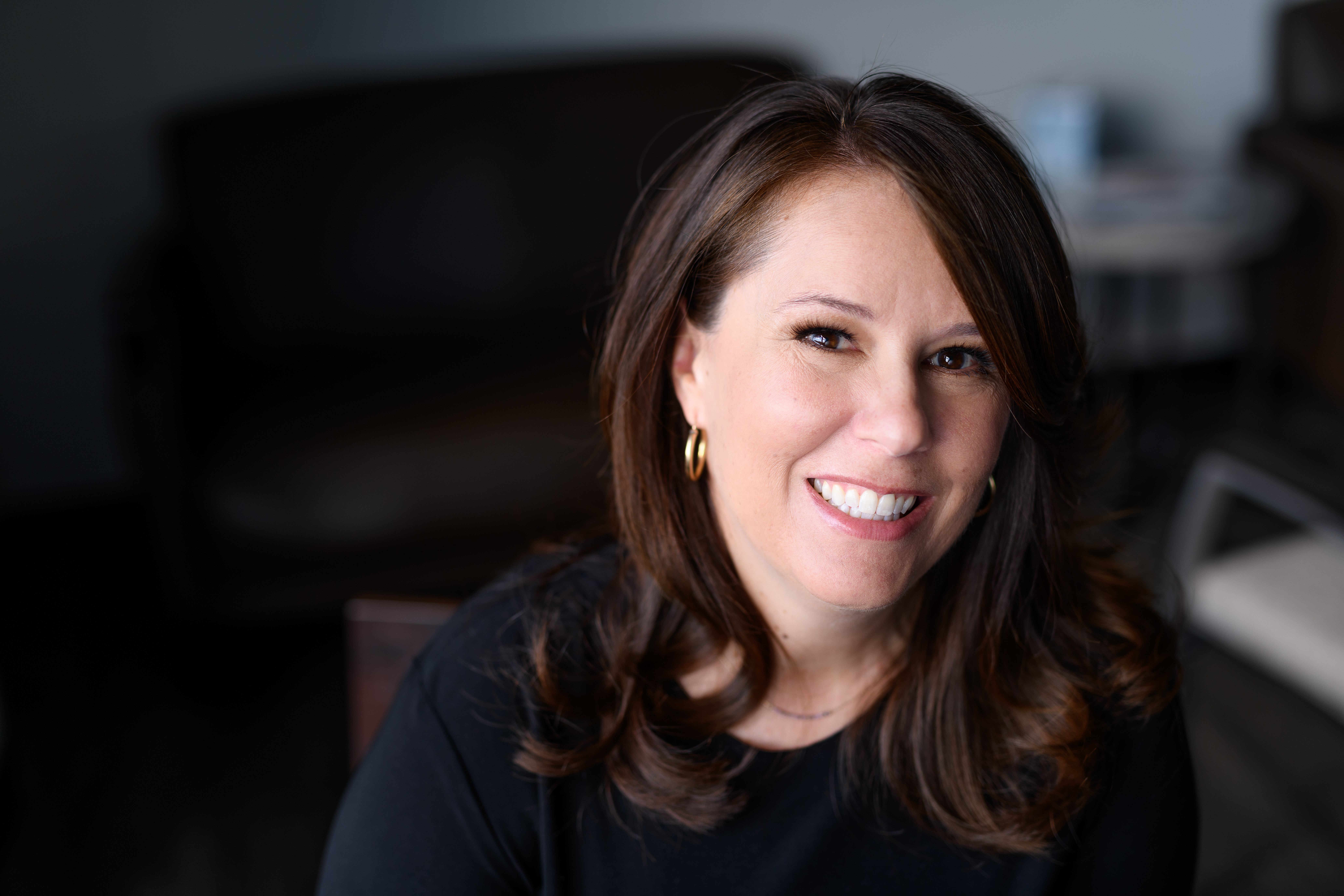During the challenges of the past year, with a raging global pandemic and a lot of social isolation, I found myself blissfully disconnecting from social media and even the news. I did this to give myself a break. When I thought about my choice to disconnect, I wondered if I was allowing myself to be ignorant? And in all honesty, I think I was.
Intentionally Not Knowing
I was intentionally deciding to “not know” what was flooding the news and social media for days at a time. In these moments of “escape,” I found myself less stressed and a little happier. But herein lies the challenge.
How long is it OK to remain ignorant?
The dictionary definition of ignorance is literally “lack of knowledge or information.”
So, if we lack knowledge or information about something, do we have to worry about it? Change it? Or take responsibility for it?
What happens when we choose to be ignorant about issues that reach beyond our immediate lived experiences? Could our own lack of knowledge about the broader social, cultural, and historical events that created the reality of today have negative consequences for us or others?

Photo by Maria Bobrova on Unsplash
How do we connect the dots if we choose not knowing?
In courses that I teach on social problems, my students and I spend a lot of time talking about how different social, cultural, and historical contexts shape opinions, ideologies, and even how people act and respond. Most of us can look back over our own lifetimes and see systemic changes in attitudes about something.
We can all point to shyfting social norms, ideologies, and even laws. If you asked someone on the street about public sentiment towards same-sex marriage, marijuana use, cigarette smoking, women working outside of the home, child safety seats, and seat belt usage in the 1970s, ‘80s, ‘90s, ‘00s, ‘10s, and today, you would hear different sentiments of public opinion.
What was once viewed as unacceptable is now acceptable, and what was once viewed as acceptable is now viewed as unacceptable.
Why did sentiments change? Did your own attitudes change during any of these decades?

Shyfting Ideologies – Shyfting Social Dynamics
I distinctly remember having discussions with my father about wearing a seat belt as a teenager, because I grew up in an era where it was well-publicized that seat belts save lives. In fact, if I am ever in a car without a seat belt on, I feel like something is missing. It just doesn’t feel right. However, I can remember my father saying, “I have been driving my whole life without any problems, why do I have to start wearing a seat belt now?”
Flash forward a few decades, and even he consistently wears his seat belt.
I know that this may not seem like much to many of you, but in reality, it is, or at least it was, a big deal when legislation was first introduced to require it. Many questioned the right of government to regulate whether an individual had to wear a seat belt or not. They resisted based on their own ideological views. It took over a decade of education and sharing real safety data, including the public cost of caring for those that are injured when not wearing a seat belt, and changes in legislation to sway public actions.

So, is ignorance bliss?
Maybe it depends on your perspective.
From one point of view, it can provide bliss—or at least an escape from having to deal with reality—like when I was choosing to “not know” everything that was going on around me by limiting my exposure to news and social media.
But from another point of view, ignorance can cause us to do things without thinking about it, it can be problematic, and, in some cases, it can be down-right dangerous. When we choose ignorance (lack of knowledge or information), we are choosing to maintain the status quo and, in many circumstances, the status quo needs to shyft.
Creating Sustainable Change
In order to create real, sustainable change, we must be willing to do the work. Change is a process. It is a process based upon individuals, interactions, and institutions. Change happens when we overcome the limitations of our own lens and start to embrace the benefits of surrounding ourselves with diverse perspectives. No one person can see all the possibilities.
We all have bias and blind spots. Therefore, to create real, sustainable change, we must build our awareness of the reality that is, so that we can shyft to the possibilities of what can be.
Ultimately, I believe that we, as organizational leaders, can shyft the status quo and create environments where everyone can thrive.

By Kristin Heck Sajadi, Founder and CEO at Shyft Strategies, LLC Sajadi is a sociologist, entrepreneur and developer of the Shyft5 TM program – helping individuals and organizations build social awareness as a business asset to shyft the status quo.
Shyft5 TM program tackles challenges and builds awareness—the benchmark for effective communication, productive interaction, and thriving cultures in today’s organizations.
At Shyft Strategies, we help you uncover the obstacles and barriers preventing you from reaching your goals. We help you navigate today’s new business and human capital reality. The first step to moving forward is increasing awareness. Awareness isn’t just learning a new fact or statistic. It is connecting the dots between the reality of what is and why, so that we can consciously and cognitively shyft to what can be and how.

